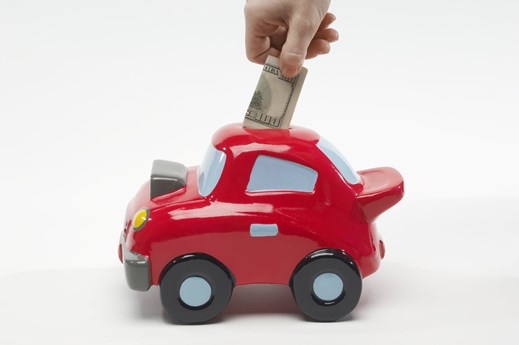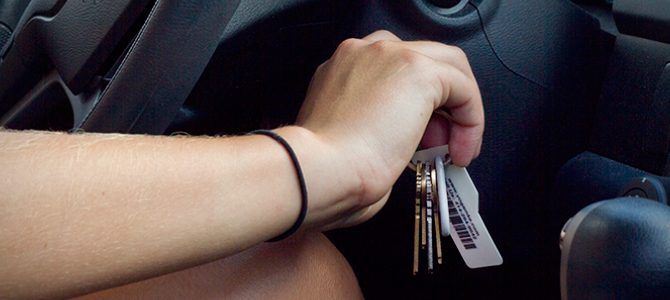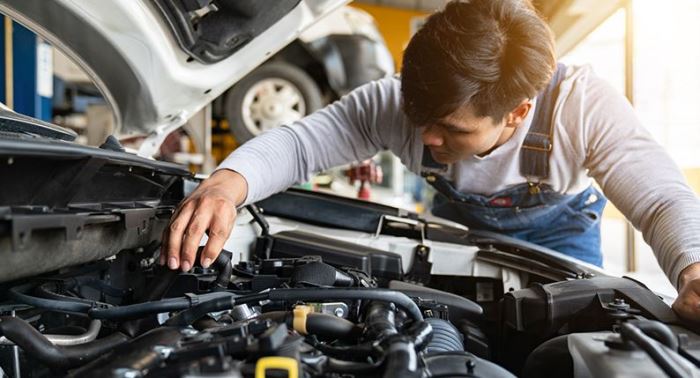
How to maximize scooter's fuel efficiency?
"Save fuel, save money!"
Scooters are the most effective tool, perhaps. Other than transporting passengers, due to the availability of large floorboards and some under-seat storage, it can hold a ton of stuff. For anyone, these aspects make scooters the most realistic purchase. But because each family member will use the scooter, it runs quite a lot during the year, which may add to a costly fuel bill. So by using the scooter as effectively as possible, the easiest way to get down the annual fuel bill is. So we'll give you some advice to improve your scooter's fuel economy here.

Accelerator
The CVT gearbox is very sensitive to the manner in which the throttle is used. The CVT operates at its optimal level with gentle and linear throttle inputs, which directly contributes to improved fuel efficiency. The ideal eco mode indicator on the instrument cluster is given by most scooters in the world. Typically, between 40kmph and 50kmph, this indicator can be observed. To get the highest fuel quality, it's best to fly between these accelerations.
Tyre Pressure
Each time you go for a fill-up, make a habit of testing the tire pressure. Most of us prefer to disregard the tires, but one of the motorcycle's most important elements in this. A cycle riding on lower-pressure tyres appears to be less fuel-efficient. The contact patch of the tyres is improved by low air pressure and that ensures that the engine has to work harder to get the required traction. This step contributes to reduced mileage. Even, never inflate the tires in excess. The average ride experience would be bouncy if you do so.
Fuel wastage
Sure, everyone hates standing in lengthy road queues or traffic signals. Yet we leave the engine going most of the time and that results in needless fuel wastage. If the traffic timer indicates more than 30 seconds for it to turn green, it's still easier to shut off the bike. For heavy traffic scenarios, the same holds. If you are caught in a bad traffic jam, try switching the ignition off.
Habits of riding
There would be a dramatic change in fuel economy due to a change in riding patterns. Don't use the brake levers when accelerating, for instance. Calculate the next movement for riding. Don't unnecessarily brake. The more you brake, the more you need to accelerate and the more power you use.
Also Read:
5 BIKE CARE AND MAINTENANCE TIPS TO KEEP YOUR BIKE FOREVER NEW
CROSSFIRE GR7: SPECIFICATION AND PRICE IN NEPAL | 2019
TIPS TO SAVE PETROL IN BIKE | MINIMIZE FUEL CONSUMPTION
ENGINE BRAKING BETTER THAN YOUR FRICTION BRAKES? PROS AND CONS
HOW TO TAKE CARE OF YOUR CAR DURING LOCKDOWN?
ELECTRIC VEHICLES | CARS | BIKES: ADVANTAGES AND DISADVANTAGES














